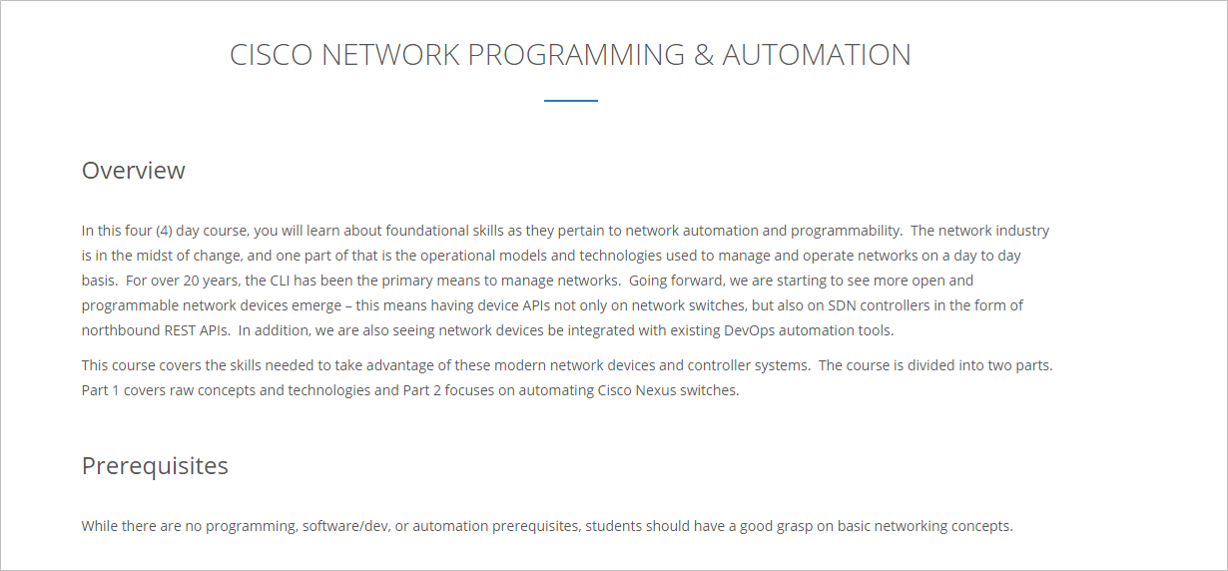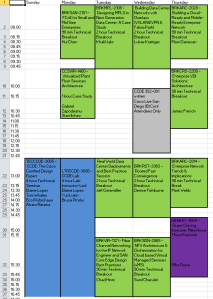0
California sends revenge porn operator to prison for 18 years
The operator of a revenge porn website has been sentenced to 18 years in prison, in what is being described as the first criminal prosecution in the U.S. of the operator of a website of this type.Kevin Christopher Bollaert, 27, of San Diego, was found guilty in February this year on six counts of extortion and 21 counts of identity theft, California’s Attorney General Kamala D. Harris said in a statement. He was arrested in December 2013.U.S. regulators have started clamping down on revenge porn, which generally consists of the posting of nude photos and other explicit content of users without their permission, and then blackmailing them for payment to take it down.To read this article in full or to leave a comment, please click here

